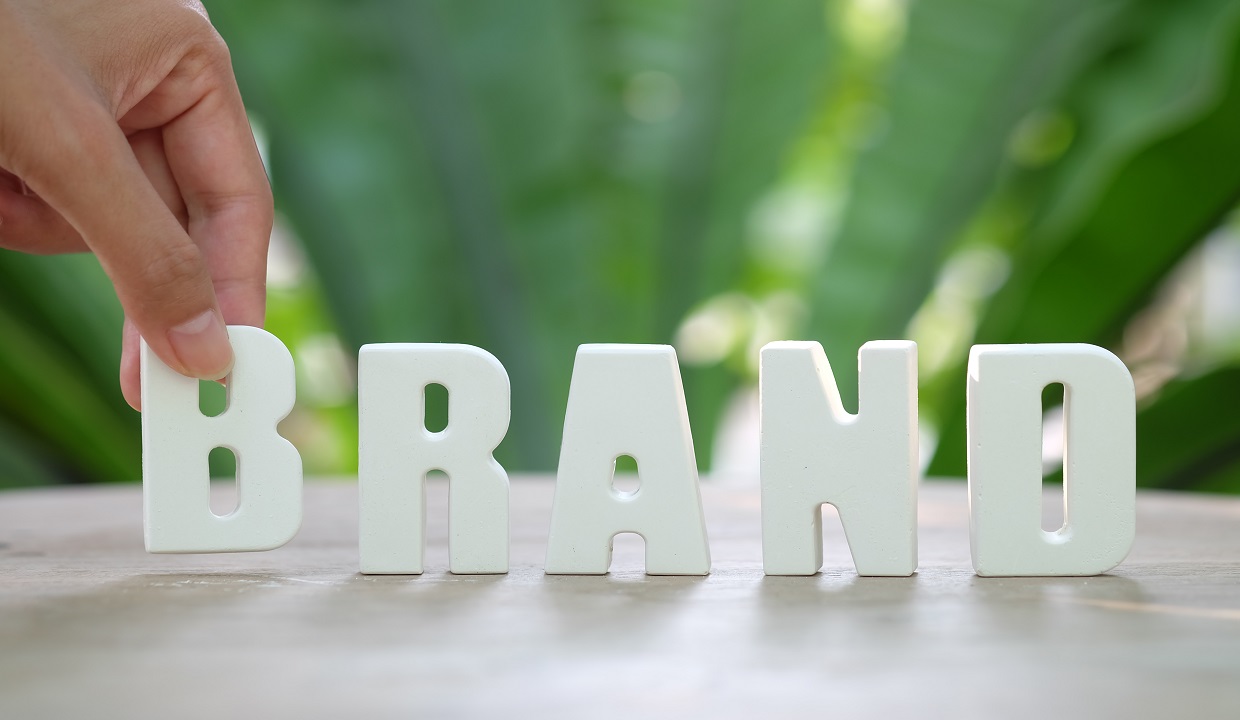Filing a provisional
patent application is certainly easier, cheaper and faster than filing a
utility patent application. It’s a route that allows you to to buy some time (a
year), to develop and market your idea.
If it gains traction
during the year, then you can convert it into a utility patent; if not, then
you can simply let it lapse knowing that you made the right decision to not
invest the thousands of extra dollars and years it would’ve taken to obtain a
utility patent.
1.Search Before You
Write
The first step you need
to take is to do a patent search. This will tell you whether your idea has
already received patent protection. Start here with Google Patent search.
You’ll also want to search the USPTO database. Conclude your search with a
simple worldwide search here.
Conducting a general
search (e.g., text search using Google) for inventions similar to your own that
haven’t been patented is also a good exercise. This will reveal whether others
have already productized your idea, and if so, how your idea is different - and
hopefully superior. You’ll often find that there are many expressions of
unpatented ideas floating around the marketplace. This is a rich source of
information for you if you’re considering patenting your innovation.
You’ll likely find
inventions that are similar to your own, but not necessarily the same. Your job
is to look for the differences and what makes your invention unique. Those
distinctions are going to fortify your application, so make sure you’re able to
describe those differences thoroughly, specifically and clearly.
2.Write Simply, But
Thoroughly
You should start by
first writing a list of unique benefits and features that distinguish the
novelty of your idea. I’d suggest taking your time in developing a very
thorough, well thought out profile - a week or so is about right, with some
attention devoted to developing your list each day. This will help you
immensely when you start to complete the actual application.
3.The Application
You application will
consist of: (1) a specification, (2) a drawing, (3) the USPTO Cover Sheet, and
(4) the filing fee.
Your specification will
include these sections: Title, Description of the Invention, Claims and
Abstract.
You will also need to
include drawings. These can be sketched by hand and scanned into your
specification doc, or you can do them with design software, CAD, PowerPoint,
manuals or something similar - whichever is easier for you.
The key thing to focus
on with your drawings is to make sure you clearly, comprehensively and capably
show enough detail of your innovations to convince the USPTO examiner that your
idea should be granted patent protection.
Next, you should specify
your claims. Please note that you are not required to include your claims in a
provisional application, so you can skip this part if you want to; however,
it’s highly recommended that you do so. They describe what it is precisely that
your patent protects.
Keep it simple, but
focused. Select the top features that distinguish your invention and provide a
brief, but detailed description about each characteristic. You’re not writing a
final set of claims (which will come later if you convert to a utility patent);
you just need to make sure you’re not limited in the future. Therefore, your
claim should follow this type of format: “A [machine, device, method - whatever
it is you’re protecting] that consists of [insert the two or three
distinguishing features here].”
You’ll need to write an
abstract, which simply means a very brief summary of your invention. For this
part, you can simply re-state what you described in your claims.
You will also need to
complete a “Provisional Application for Patent Cover Sheet,” which you can
download here.
Finally, you’ll need to
pay your fees. You can file electronically or non-electronically (snail mail).
The non-electronic filing is $200-$400 (depending on your company’s size), and
are in addition to the filing, search and examination fees.
The application fees
(separate from the above filing fee) ranges from $65 for a micro entity up to
$260 for a large entity. You can see all USPTO fees here.
Final Things You Need to
Know
Your provisional patent
will automatically lapse exactly one year from your filing date. If you want to
convert your provisional patent to a utility patent, you must do so before the
one year anniversary date of your filing. So, for example, if you filed your
application on June 1, 2018 your must file your utility patent application no
later than the close of business on June, 2019.
Once you have filed,
you’re entitled to use “patent pending.”
You are not permitted to
claim priority from another application.
The provisional
application must be made in the name/s of all inventor/s.
If you convert your
provisional to a utility application before the end of one year, you can claim
priority to your previous provisional application/s.























.jpg)
.jpg)
.jpg)

.jpg)
.jpg)
.jpg)
.jpg)
.jpg)
